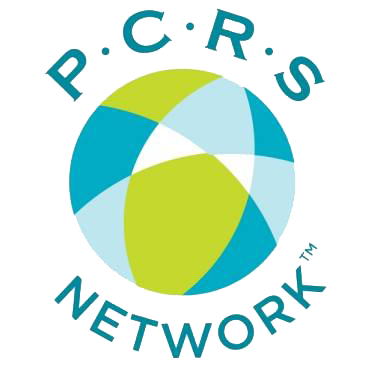Patient recruitment for clinical studies is a persistent challenge faced by the industry, prompting many to explore technological solutions. While technology holds promise, there are alternative methods to enhance recruitment without solely relying on new technology. This article highlights a proven approach that any site can adopt to boost enrollment in studies and engage a more diverse population. The strategy involves sponsoring a patient waiting room in community clinics, demonstrating a commitment to patient comfort and forging connections with potential study participants.
Sponsorship of Community Clinic Patient Waiting Rooms: Community clinics play a crucial role in providing primary care for underserved communities, often in minority or disadvantaged areas. These clinics typically operate on limited funding from donations, patient payments, and occasional grants. Due to financial constraints, their patient waiting rooms and exam rooms often lack comfort and are furnished with mismatched and used items.
However, this presents an opportunity for research sites to offer support to these clinics while gaining exposure to their patient population. By collaborating with community clinics, research sites can enhance patient comfort, raise awareness about their studies, and potentially recruit participants from these clinics.
Implementation and Success Story: An actual example illustrates the effectiveness of this approach. A research site struggling to recruit patients for an HIV/AIDS study asked us for help. We devised a plan to engage local clinics known for providing care for HIV/AIDS patients. The site manager initiated contact with clinic directors, explaining the site’s research role and listing the studies conducted, with a focus on ongoing enrollments.
Upon approaching three clinics, each director acknowledged the potential eligibility of their patients for some studies. Seizing the opportunity, the site manager proposed supporting the clinics by fulfilling their wish list of items to enhance patient comfort in the waiting rooms. In exchange, the site requested visibility and availability of information about the site and currently enrolling studies to be provided to patients.
The site manager received wish lists from each clinic and selected one item to provide to each clinic, such as a television, a set of chairs, or a coffee machine. The items were accompanied by small plaques acknowledging the site’s contribution, and plexiglass stands were installed for study-related literature. During the delivery of the items, the site manager introduced a clinical research coordinator (CRC) responsible for patient recruitment and facilitated interaction between the CRC and clinic staff.
Within a few weeks, the site began receiving calls from patients from the clinics, and patient enrollment increased gradually. Surprisingly, the first enrollment occurred in a Type 2 Diabetes study, followed by subsequent enrollments in the HIV/AIDS study. Word of mouth led to increased interest in the HIV/AIDS study, resulting in a steady stream of inquiries and subsequent enrollments. The site ultimately became one of the highest and quickest enrolling sites in the study, exceeding its enrollment goals by enrolling over 30 patients.
Expanded Success and Community Impact: The positive outcomes extended beyond the HIV/AIDS study, as calls continued to come in from the clinics, resulting in enrollments for other studies conducted by the site, including T2D, Hypertension, and migraine studies. Encouraged by this success, the program expanded to other community clinics, further bolstering enrollment numbers and increasing the site’s impact on the local community.
Sponsoring patient waiting rooms in community clinics provides a cost-effective and impactful way to increase patient enrollment in clinical studies while demonstrating a commitment to the local community’s well-being. By investing a modest amount of approximately $1,200 and dedicating some staff effort, research sites can foster relationships, raise awareness about their studies, and effectively recruit patients from underserved communities. This approach showcases the power of creative strategies in addressing recruitment challenges, complementing the potential of technology in the clinical research.


